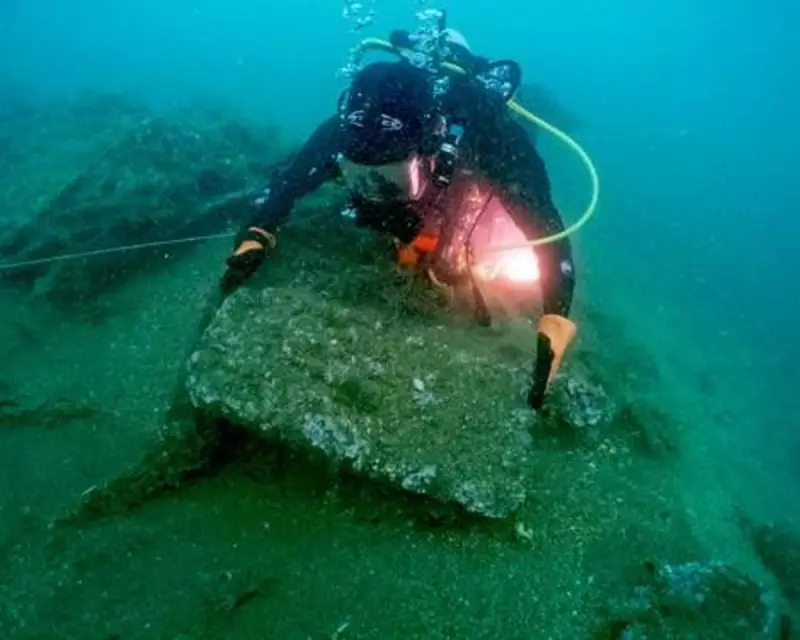
In an extraordinary marine archaeological discovery, divers have identified the remarkably well-preserved remains of HMS Northumberland, a British warship that sank during the infamous Great Storm of 1703.
The wreck was found lying at a depth of approximately 60 metres off the coast of Sussex, where it has rested undisturbed for over 320 years. Marine archaeologists describe the find as "exceptionally significant" due to the vessel's near-intact structure.
A Time Capsule from the Age of Sail
The HMS Northumberland represents a rare example of early 18th-century naval architecture. Preliminary surveys reveal:
- Approximately 70% of the ship's structure remains intact
- Well-preserved cannons still mounted on their carriages
- Intact sections of the quarterdeck and forecastle
- Numerous artefacts from daily naval life
The Great Storm's Wrath
The third-rate ship of the line was lost during one of Britain's most devastating natural disasters. The 1703 storm:
- Lasted seven days with hurricane-force winds
- Sank over a dozen Royal Navy vessels
- Caused widespread destruction across southern England
- Claimed an estimated 8,000 lives
Historical records indicate the Northumberland went down with all hands - a crew of 253 sailors and marines.
Archaeological Significance
Marine archaeologists are particularly excited about the discovery's potential to shed new light on:
Naval warfare: The wreck provides unprecedented insights into early 18th-century warship design and armament.
Daily life at sea: Preserved personal items offer a window into sailors' living conditions during this period.
Maritime technology: The ship's construction methods reveal transitional techniques between older and newer naval architecture.
The site has been designated as a protected wreck, with plans for careful excavation and preservation of artefacts in the coming years.





